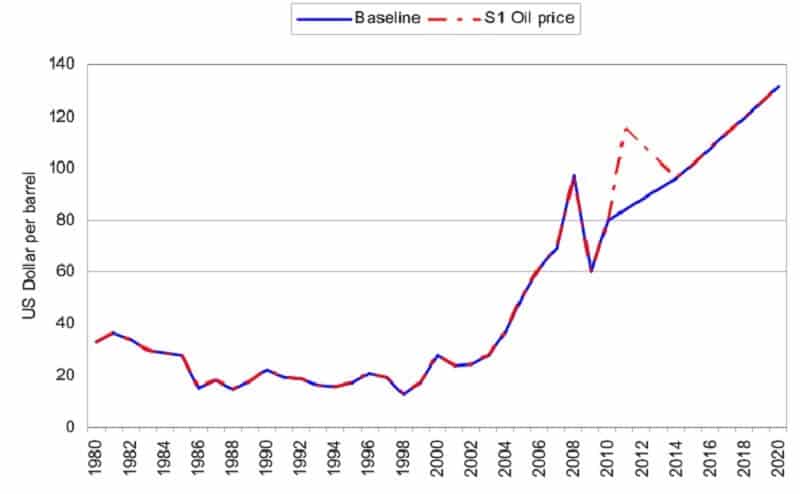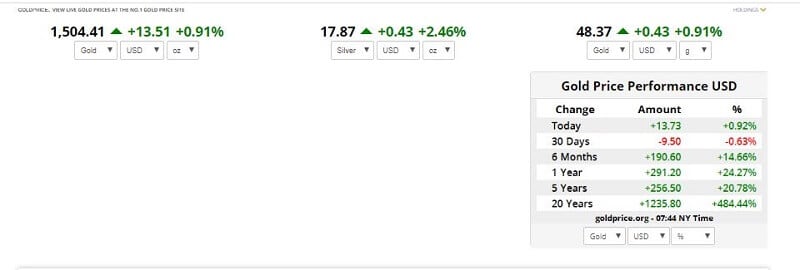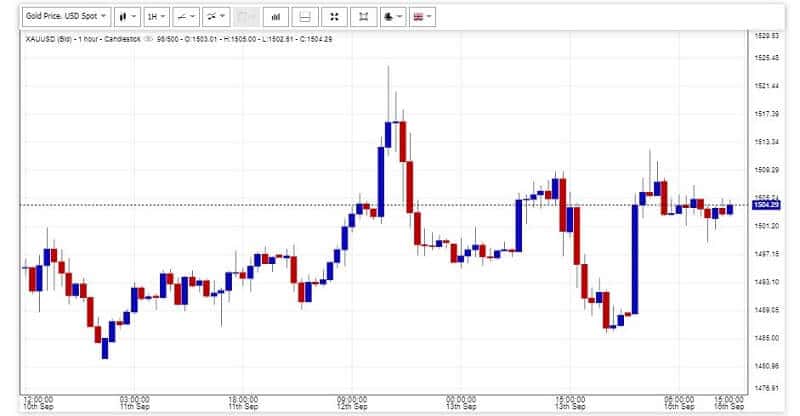3 min read

Guaranteed stop-loss order or GSLO act precisely the same as normal stop-loss order but as difference, it ensures to close you out of a trade at the price you define no matter how the market is volatile.
Guaranteed stop-loss order protects you against gapping. Gapping is when a price of stock opens above or below the prior close with no trading action in between. It can happen the price surges over a stop-loss level. The role of a guaranteed stop-loss order is to force order to go through at a particular price.
The market can top higher or drop more than the guaranteed stop-loss level. So, setting this kind of order is important to protect your profit especially if your holding very liquid stocks.
Particularly, using a guaranteed stop-loss order in the spread betting is extremely important.
The guaranteed stop-loss order, for instance, when used properly and in the right situations, is a right risk control tool since it guarantees the stop loss level. You can even rise the guaranteed stop-loss level up if the trade is going your direction. Also, it allows the stock to come back a little to provide profits run.
When guaranteed stop-loss order should be set?
The guaranteed stop-loss order is useful if you are trading in extremely hight volatile conditions, or you are trading in risky exchanges, for example. Actually, you should set a guaranteed stop-loss order every time you have some doubts about the risk.
A guaranteed stop-loss order will close your position at the stop price no matter what happens in the market.
Advantages of guaranteed stop-loss
As I said, it is useful when the markets are highly volatile and market gaps. Also, it is great protection against price dropping. If you set this order, the only risk you would have might be your initial investment. Moreover, the advantage of this order is that you have the possibility to know what is the maximum risk for any position. Also, you don’t have to control your position all the time.
How does it really work?
When you set a guaranteed stop-loss order there is no possibility to undo it but you may change the level.
You can’t add this order to the existing position, you can do it only on the new one during the trading hours.
You have to pay extra fees to broke for setting this order but it is worth. A guaranteed stop order must be placed inside distances of minimum and maximum from the current price of the stock.
Let’s say the ABC company buy/sell rates are $1,000 and $980. And assume you are buying 10 shares. The spread is $20. And, for example, you set the guaranteed stop-loss order at $920. The price of these shares may drop at $800 but your position would be closed at $920, not at $800.
Let’s calculate your loss with using GSLO
($920 – $1.000) x 10 – $20 = your loss is $820
and what is your loss without setting GSLO?
($800 – $ 1.000) x 10 = your loss would be $2.000
Can you see the importance of setting a guaranteed stop-loss order?
A normal stop-loss order serves as a guide to your broker to close your position when it hits a established price that is less desirable than the current price. But if there is a market gap or the market is highly volatile, the slippage will occur. The consequence is that your order will not be executed at the price you specified. By setting the GSLO you are protected from market gaps and volatility. They will not impact your trading position. As you can see, this kind of orders works in the same manner as normal stop-loss orders but with more protection for your trade and your money.
These orders are useful and recommended if you trade high volatile stocks, for example. Everywhere where the value may drop for 50% off the price, it is useful.
But, be aware, it isn’t a silver bullet in the spread betting.
The brokers usually allow you to set guaranteed stop-loss order 5 to 10% off the current price. This means that you may have a potential loss of 10% before your GSLO is activated. In such cases don’t set GSLO only 5% away from the market. It is too dangerous if you have a margin of 10% for trade. Also, even when the spread betting provider requires only 5% for trading your stock, there is always a margin call.
So, it doesn’t sound like the best money management.






















